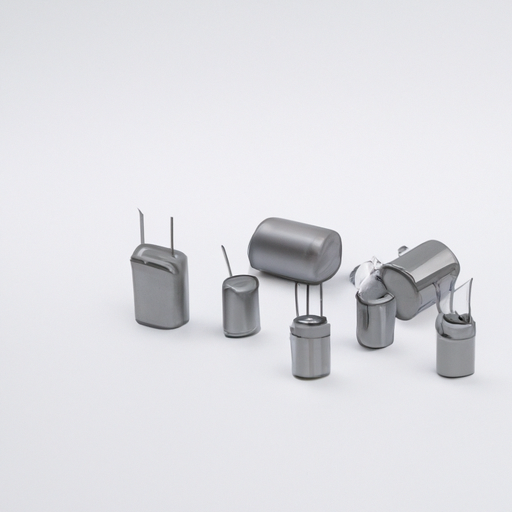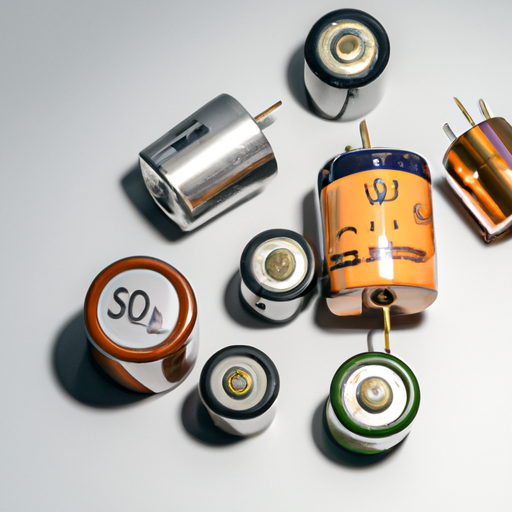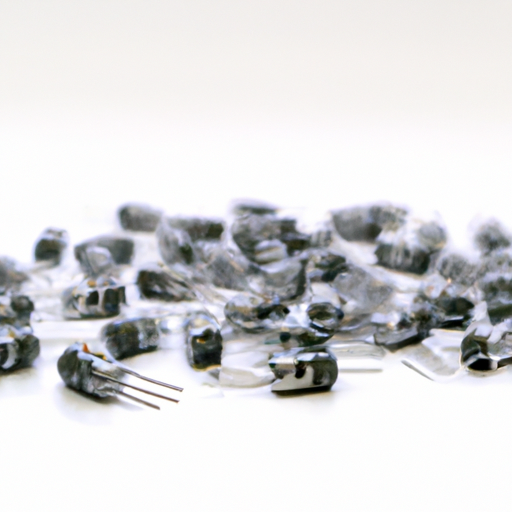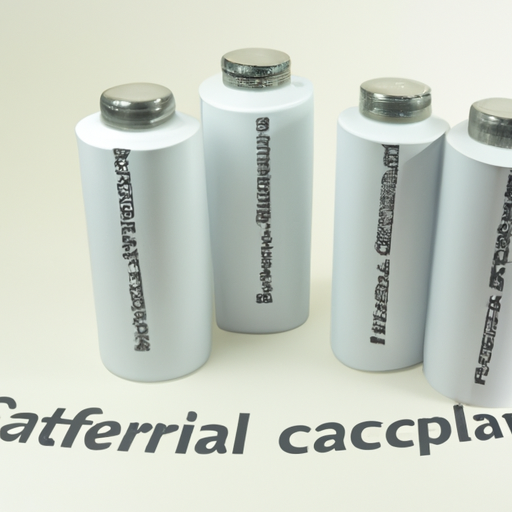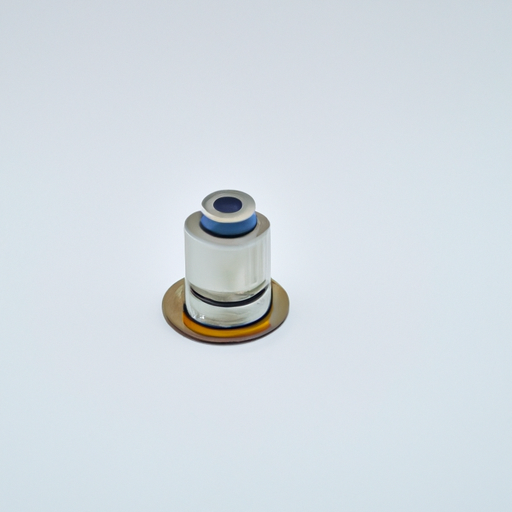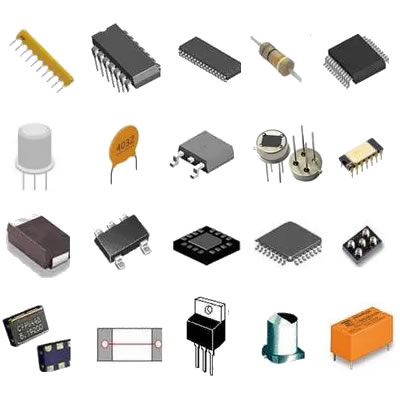What is the market prospect of aluminum electrolytic capacitors?
What is the Market Prospect of Aluminum Electrolytic Capacitors?
I. Introduction
Aluminum electrolytic capacitors are essential components in modern electronic devices, known for their ability to store and release electrical energy efficiently. These capacitors are widely used in various applications, from consumer electronics to automotive systems, due to their high capacitance values and relatively low cost. As the demand for electronic devices continues to rise, understanding the market prospects of aluminum electrolytic capacitors becomes crucial for manufacturers, investors, and industry stakeholders. This analysis aims to provide insights into the current market landscape, technological advancements, applications, drivers, challenges, and future prospects of aluminum electrolytic capacitors.
II. Overview of the Aluminum Electrolytic Capacitor Market
A. Historical Market Trends
The aluminum electrolytic capacitor market has experienced significant growth over the past few decades. Historically, the market has been driven by the increasing demand for consumer electronics, such as smartphones, laptops, and home appliances. The growth patterns indicate a steady rise in production and consumption, with key drivers including technological advancements and the proliferation of electronic devices.
B. Current Market Landscape
Today, the aluminum electrolytic capacitor market is characterized by a diverse range of manufacturers and products. Major players in the industry include Panasonic, Nichicon, Rubycon, and Kemet, among others. The market is segmented based on capacitance values, voltage ratings, and application areas, allowing for tailored solutions to meet specific customer needs.
C. Regional Analysis
The market for aluminum electrolytic capacitors is global, with significant activity in various regions:
1. **North America**: The North American market is driven by advancements in consumer electronics and automotive applications. The region is home to several leading manufacturers and a robust supply chain.
2. **Europe**: Europe has a strong focus on sustainability and energy efficiency, leading to increased demand for aluminum electrolytic capacitors in renewable energy systems and electric vehicles (EVs).
3. **Asia-Pacific**: This region dominates the market due to the presence of major electronics manufacturers in countries like China, Japan, and South Korea. The rapid growth of the electronics industry in Asia-Pacific is a significant driver of demand.
4. **Rest of the World**: Emerging markets in Latin America and Africa are beginning to show potential for growth as electronic device penetration increases.
III. Technological Advancements
A. Innovations in Manufacturing Processes
Recent innovations in manufacturing processes have improved the efficiency and reliability of aluminum electrolytic capacitors. Advanced techniques, such as automated production lines and quality control measures, have reduced defects and enhanced performance.
B. Development of New Materials
The development of new materials, including high-purity aluminum and advanced electrolytes, has led to capacitors with improved performance characteristics. These materials contribute to higher capacitance values, better temperature stability, and longer lifespans.
C. Impact of Technology on Performance and Reliability
Technological advancements have also resulted in capacitors that can operate at higher voltages and temperatures, making them suitable for demanding applications. Enhanced performance and reliability are critical factors that influence customer preferences and market growth.
IV. Applications of Aluminum Electrolytic Capacitors
Aluminum electrolytic capacitors find applications across various industries:
A. Consumer Electronics
In consumer electronics, these capacitors are used in power supplies, audio equipment, and display technologies. Their ability to handle high ripple currents makes them ideal for smoothing out voltage fluctuations.
B. Automotive Industry
The automotive sector increasingly relies on aluminum electrolytic capacitors for electronic control units, infotainment systems, and electric power steering. The shift towards electric vehicles further amplifies the demand for these components.
C. Industrial Applications
In industrial settings, aluminum electrolytic capacitors are used in motor drives, power inverters, and automation systems. Their robustness and reliability are essential for maintaining operational efficiency.
D. Renewable Energy Systems
The growth of renewable energy sources, such as solar and wind, has created a demand for capacitors in energy storage systems and inverters. Aluminum electrolytic capacitors play a vital role in managing energy flow and ensuring system stability.
E. Telecommunications
Telecommunications infrastructure relies on aluminum electrolytic capacitors for signal processing and power management. As 5G technology rolls out, the demand for reliable capacitors in this sector is expected to increase.
V. Market Drivers
Several factors are driving the growth of the aluminum electrolytic capacitor market:
A. Increasing Demand for Consumer Electronics
The proliferation of smartphones, tablets, and smart home devices has led to a surge in demand for aluminum electrolytic capacitors. As consumers seek more advanced features, manufacturers are compelled to integrate these components into their products.
B. Growth in Electric Vehicles (EVs)
The automotive industry's transition to electric vehicles is a significant driver of demand for aluminum electrolytic capacitors. These components are essential for managing power in EVs, contributing to their performance and efficiency.
C. Expansion of Renewable Energy Sources
As the world shifts towards sustainable energy solutions, the demand for aluminum electrolytic capacitors in renewable energy systems is expected to grow. These capacitors are crucial for energy storage and conversion applications.
D. Advancements in Telecommunications Infrastructure
The rollout of 5G technology and the expansion of telecommunications networks are driving the need for reliable capacitors. Aluminum electrolytic capacitors are integral to the performance of communication devices and infrastructure.
VI. Challenges Facing the Market
Despite the positive outlook, the aluminum electrolytic capacitor market faces several challenges:
A. Competition from Alternative Capacitor Technologies
The emergence of alternative capacitor technologies, such as ceramic and film capacitors, poses a competitive threat. These alternatives often offer advantages in terms of size, weight, and performance.
B. Supply Chain Disruptions
Global supply chain disruptions, exacerbated by the COVID-19 pandemic, have impacted the availability of raw materials and components. Manufacturers must navigate these challenges to maintain production levels.
C. Environmental Regulations and Sustainability Concerns
Increasing environmental regulations and a growing emphasis on sustainability are prompting manufacturers to adopt eco-friendly practices. This shift may require investments in new technologies and processes.
D. Price Volatility of Raw Materials
The price volatility of raw materials, such as aluminum and electrolytes, can impact production costs and profit margins. Manufacturers must develop strategies to mitigate these risks.
VII. Future Market Prospects
A. Forecasting Market Growth
The aluminum electrolytic capacitor market is expected to continue its growth trajectory, driven by increasing demand across various sectors. Market analysts project a compound annual growth rate (CAGR) of around 5-7% over the next five years.
B. Emerging Trends
1. **Miniaturization of Components**: As electronic devices become smaller and more compact, the demand for miniaturized capacitors will rise. Manufacturers will need to innovate to meet these requirements.
2. **Smart Technologies**: The integration of smart technologies in various applications will drive the need for advanced capacitors that can support higher performance and efficiency.
C. Strategic Recommendations for Stakeholders
To capitalize on market opportunities, stakeholders should focus on:
- Investing in research and development to enhance product performance and reliability.
- Exploring partnerships and collaborations to expand market reach.
- Adopting sustainable practices to meet regulatory requirements and consumer preferences.
VIII. Conclusion
In summary, the market prospects for aluminum electrolytic capacitors are promising, driven by increasing demand across various industries, technological advancements, and the growth of electric vehicles and renewable energy systems. However, challenges such as competition from alternative technologies and supply chain disruptions must be addressed. By staying ahead of emerging trends and focusing on innovation, industry participants can position themselves for success in this dynamic market.
IX. References
- Academic Journals
- Industry Reports
- Market Research Publications
This comprehensive analysis provides a detailed overview of the market prospects for aluminum electrolytic capacitors, highlighting key trends, challenges, and opportunities for stakeholders in the industry.

